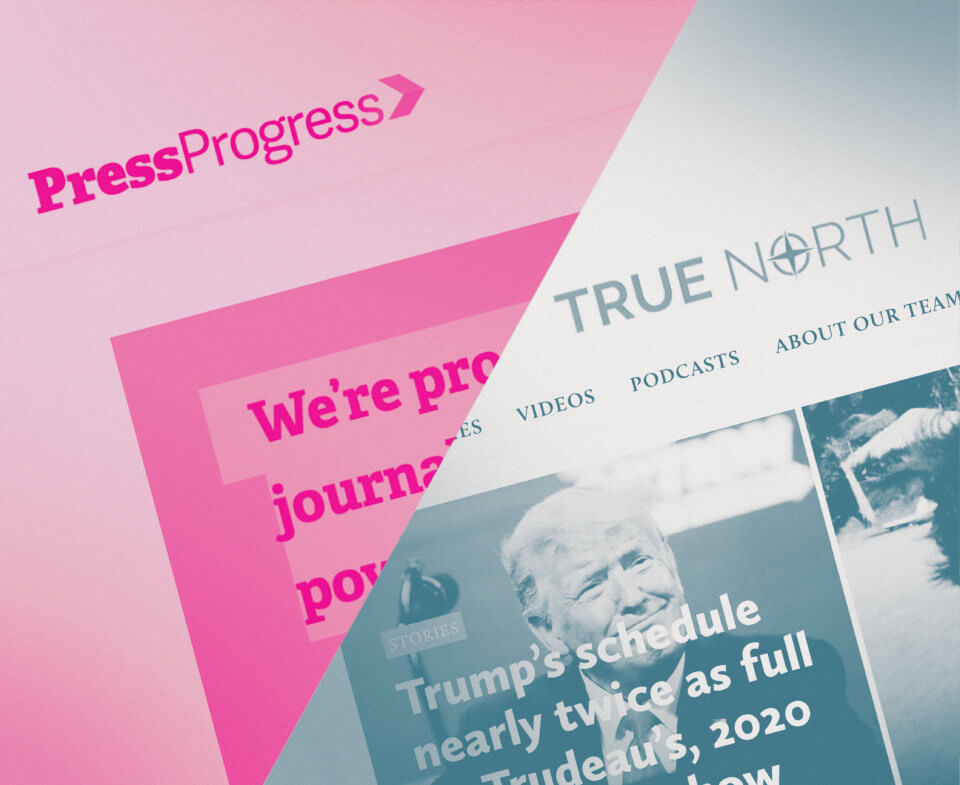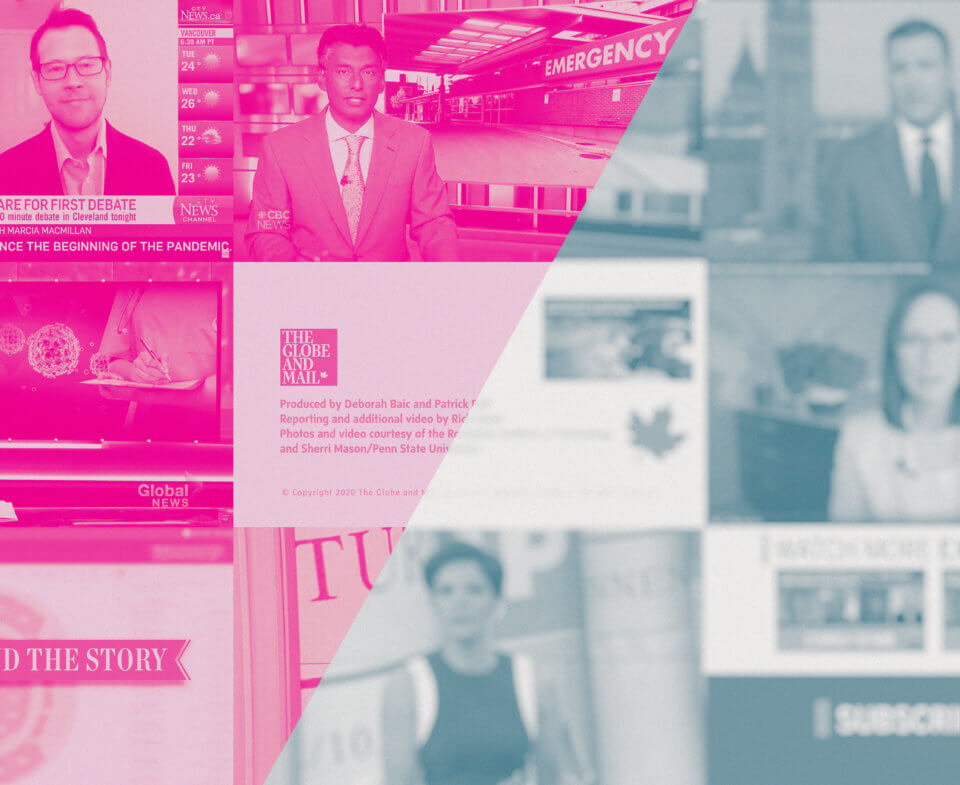WHEN AMERICAN BLOGGER and dot com executive Seth Godin wrote Tribes: We Need You to Lead Us in 2008, he created a manifesto for leaders seeking a voice in the digital era. Touching on philanthropy, entertainment, politics, government, and business, Tribes makes a stirring case for the value of leadership and the role technology plays in bringing like-minded people together. Contemplating the seemingly omnipresent role of then-nascent platforms like Facebook, Twitter, and Craigslist, Godin observed that tribes were no longer a local phenomenon, with the Internet effectively eliminating geography and creating new opportunities for leaders and followers alike.
Along with the tools used to connect people, Godin observed that, “there are now more tribes, smaller tribes, influential tribes, horizontal and vertical tribes, and tribes that could never have existed before you.”1 While this proclamation is equally relevant today, information technology has evolved significantly enough to warrant an updated look at the relationship between online platforms, leadership, and the political movements that surround them.
With Canadian newspaper outlets and broadcasters confronting slumping ad revenue and regularly reporting layoffs, newer alternatives are claiming space with disruptive business models. Godin’s calls for innovation and entrepreneurship have been answered in the Canadian media landscape, but the emergence of new voices has raised significant questions about journalistic principles.
The rise of “alternative” outlets is occasionally used by traditional media operators to suggest that their industry is under siege – that something less reliable, potentially dangerous, is on the rise. Protection of high-quality, reliable information is essential, but no one medium, outlet, or news brand has ownership of the truth. To best assess the impact of disruptors in Canadian media, it’s first important to discuss the various mediums being used and avoid amalgamating them, where possible.
There are independent outlets, like the the Capital Daily in Victoria or the Halifax Examiner that have built promising bases of subscribers based on in-depth local reporting and investigative, long-form journalism. A broad range of niche or industry-specific subscription outlets provide insights to subscribers, from The Athletic covering sports to The Logic reporting on the innovation economy. Individual columnists are using Substack newsletters to independently publish and monetize their own commentary. While these business models and presentation formats deviate from traditional newspapers, they generally maintain common objectives: to provide trusted, informative, and independent reporting and commentary that serves the public interest.
The goalposts shift when we look at more ideologically-driven news brands, like PressProgress and Passage on the left or Rebel News and True North on the right. These outlets are known as the “grey media” for their blurring of conventional lines between journalism and advocacy. They present different content and hold themselves to different standards, but can be contemplated alongside one another for their shared purpose to provide red meat to a specified base of like-minded readers.
Ideological or not, grey media outlets are capable of ground-breaking reporting. PressProgress has been repeatedly cited by the likes of the Toronto Star, Canadian Press, and the National Post as a resourceful investigative outlet. Its mandate, however, does not only seek to entertain or inform, but to influence. There is no pretence of impartiality, but an expectation of fairness remains.

“Heretics are the new leaders. They are the ones who challenge the status quo, who get in front of their tribes, who create movements.”
— Seth Godin
Grey media outlets have done what their traditional counterparts have failed at; they’ve created a sustainable model for news and opinions on the polar edges of the Canadian political spectrum. Sun News Network, launched in 2011 to provide a broadcast format for irreverent conservative commentary, could not survive on the airwaves, but the connective capabilities of social media have allowed prominent ideologues, including former Sun News Network personalities, to maintain viable business models in online formats.
The third and most concerning information technology development in our online ecosystem is the rise of disinformation campaigns, which present a distinct threat. Conspiracy movements, most notably QAnon, are rapidly increasing their following on online message boards, centred around hatred, misinformation and a shared distrust of establishment political figures. While movements of this nature would previously have been too obscure and disconnected to matter, message boards like 4chan and reddit have given them the opportunity to build communities. This trendline has consequences.
This past July, Corey Hurren, a military reservist and QAnon conspiracist was arrested for crashing a pick-up truck through the gates of Rideau Hall in Ottawa, with an alleged intention to assassinate Prime Minister Justin Trudeau.2
South of the border, earlier this month, the F.B.I. revealed a plot from conspiracy theorists to kidnap Michigan governor Gretchen Whitmer and put her on trial as part of a broader effort to, “instigate a civil war”.3 One of these days, the outcome will be tragic.
Facebook has responded by pledging to remove all pages, groups and Instagram accounts associated with the QAnon conspiracy movement. This is a necessary development, but a micro solution to a macro problem. As long as content is ranked based on its ability to generate strong reactions (and resulting ‘clicks’), hate and conspiracy will maintain an inherent advantage. While Godin forecast the promising role the Internet would play bringing people together, he could not have seen where this would ultimately lead: the commoditization of rage and paranoia.
So what does all this mean? The rapidly-shifting environment presents new and growing challenges for Canadian politicians, readers, and businesses seeking to access truth and in some cases, amplify their own voices.
For starters, online literacy has become increasingly important. While our mainstream news outlets do not have ownership of the truth, they have traditionally provided facts and opinion that fall neatly within the confines of our mainstream political dialogue. It’s important to repeatedly ask the essential questions around why a piece is being published, the motives of its publisher, and the sources that it references.
These questions are not new, and certainly not unique to any one medium, but evidently, not enough readers are asking them. This August, South-Surrey White Rock MP Kerry-Lynne Findlay retweeted a QAnon tweet that highlighted a 2009 interview of George Soros with Deputy Prime Minister Chrystia Freeland, then a Financial Times reporter. The tweet read that the association “should alarm every Canadian,” alluding to anti-Semitic undertones.
Findlay apologized for the tweet, stating that she only subsequently learned that the source promoted hate and conspiracy theories.4 This apology is easy to dismiss if not for the fact that it’s conceivably true. A recent Pew Research Centre report showed that only a quarter of adults surveyed could distinguish between statements of facts and opinion.5 Of all the consequences posed by the rise of grey media and dark web entities, the blurred line between news, opinion, and blatant disinformation is most concerning.
The second challenge is understanding the influence of digital outlets, and the extent that they reflect a meaningful segment of public opinion. The loudest voice in the room is not necessarily the most resonant, and social media has distorted our perceptions.
Godin writes that heretics are the new leaders. “They are the ones who challenge the status quo, who get in front of their tribes, who create movements,” he says.6 But the business of a powerful online outlet, tech company, or band does not require the same broad-based appeal as a national election campaign. Brash, alarmist voices may get clicks, but do not necessarily shine a light on public opinion.

“Of all the challenges posed by the rise of grey media and dark web entities, the blurred line between news, opinion, and blatant disinformation is most concerning.”
Understanding the difference between virality and relevance is creating challenges for leaders. In a confounding end to a short-lived tenure as Conservative Party of Canada leader, Andrew Scheer lectured Canadian voters that, “the mainstream media bias in this country has never been more obvious,” pleading viewers to, “check out smart, independent, objective organizations… like the Post Millennial or True North.”7
While it’s easy for moderate Canadians to roll their eyes at the sour grapes behind these comments, grey media outlets present a practical dilemma for political leadership. No longer small enough to be ignored, but not large enough to justify pandering to, they yield massive clout with small, but vocal segments of the population. The challenge that leaders will increasingly face will be bringing together these enthuisastic “tribes” of supporters without being hostage to them or overestimating their influence.
Godin decreed that, “organizations that destroy the status quo win. Whatever the status quo is, changing it gives you the opportunity to be remarkable.”8 And we have seen the status quo in Canadian media turned on its head. We have left-wing voices, right-wing voices, and downright maniacal voices that would have been confined to street corners with megaphones in previous decades, all emerging with communities of followers.
But it would be a mistake to assume that all businesses who have built subscribers and followers alone will have lasting influence on public opinion. Just as changing technology and public expectations have allowed outlets to attract communities, improved education and more interventionist social media policies will again shift the playing field for media operators. Stability is an illusion, even for disruptors. “We still assume the world is stable, still assume that Google will be number one in five years, that we’ll type on keyboards and fly on airplanes,” said Godin. “And we’re wrong.”9
No matter how many donations, subscriptions, or hateclicks a given outlet can generate, its path to lasting influence will be won or lost based on the quality of its content and the trusted relationship with its readers. Long-term viability will be for those who can make something bigger, who take a small community and thrust its voice into relevance, rather than reinforce it in an echo chamber.
Disruptors in Canadian media need to do more than simply generate clicks. Tribes may survive by focusing on their followers alone, but it takes a coalition to make a difference.


